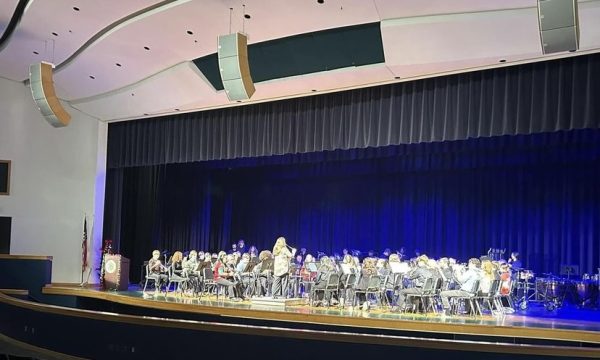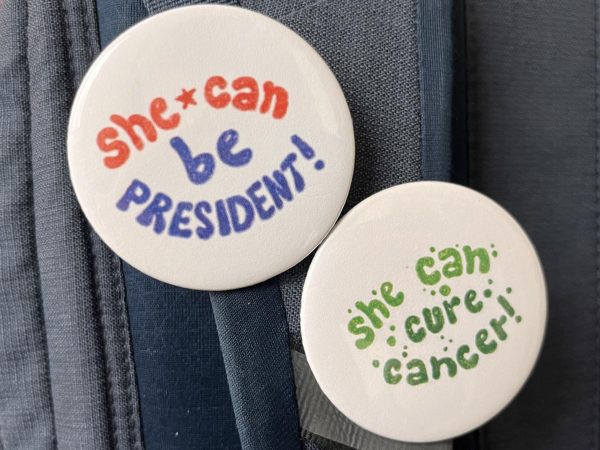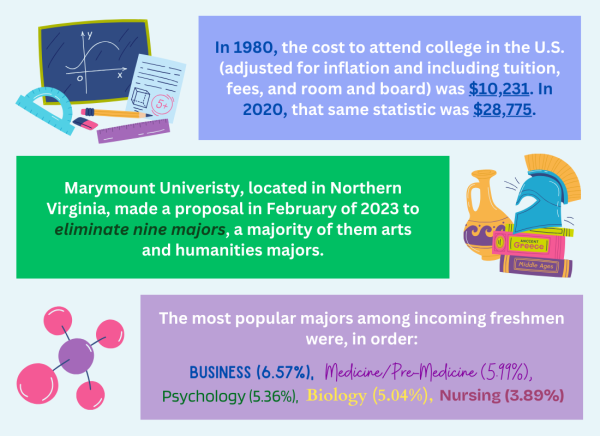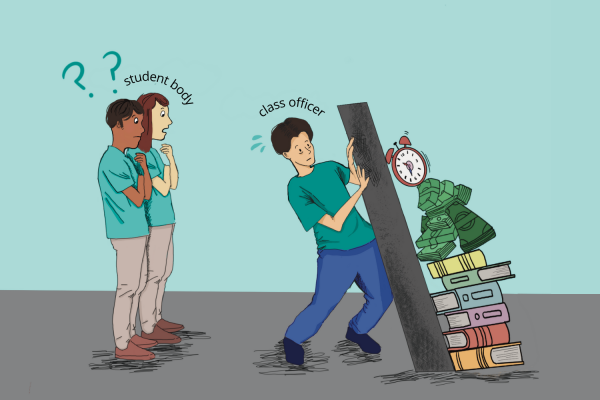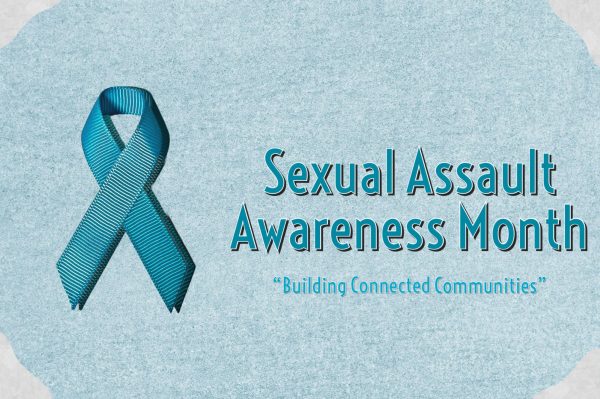Systematic Problems Give Rise to Asian American Hate Crimes
March 31, 2021
China virus.
Kung Flu.
Go back to your country.
As a first-generation Asian American, I am exhausted.
Exhausted as a citizen of the United States that our country has not and will not properly address hate crimes and blatant racism for what it is.
Exhausted that the media continues to underscore the actions of racism without addressing the problems with the system.
I am exhausted.
Prejudice towards Asian Americans first started in the 1800s when the United States temporarily banned Chinese immigrants.
Despite being honored as a “melting pot,” the name is nothing but a facade for the United States’ struggle to remedy prejudice towards minorities while failing to address white supremacy.
People are eager to indulge in Asian culture. They copy the styles, watch the television shows, and indulge in the food, but no sooner will they turn around to blurt out racial stereotypes or actions.
Asians are either a model minority or a foreign alien. There is no in-between, and it seems the National Press can not figure out which seems most appropriate either.
On March 17th, 2021, a man went rampage in three spas, murdering eight women, six of Asian American descent. Although not yet labeled by the press as a hate crime, the act was one of many targeted towards Asian Americans during these past few weeks.
A month prior, a Chinese man walking home near Manhattan’s Chinatown was suddenly stabbed by a stranger who ran up behind him at night. For many, the stabbing was a horrifying reminder of the racial target on the backs of Asians during the pandemic. Prosecutors once more determined they lacked evidence to prove a racist motive, labeling the charge with attempted murder, but not as a hate crime.
The announcement outraged Asian American leaders in New York City, who demanded the stabbing be recognized and called for what it was.
Many account for the initial rise in race-motivated attacks on former President Donald Trump’s usage of terms such as “the Chinese virus” almost a year ago. Since then, there have been over 3,800 reports of hate incidents, according to Stop AAPI Hate, a group that tracks anti-Asian violence.
Chris Kwok, a board member for the Asian American Bar Association of New York, revealed his concerns with the growth in xenophobia during Trump’s presidency.
I think the political leadership under Trump really put a target on the backs of people perceived to be Chinese. It’s sinophobia
— Chris Kwok
Former President Barack Obama took to Twitter to call last week’s shooting a “tragic reminder that we have far more work to do to put in place common-sense gun safety laws and root out the pervasive patterns of hatred and violence in our society.”
While gun safety is important, the media underscores an alarming rise in anti-Asian violence and, more importantly, problems within the system that fostered racism and xenophobic tendencies.
The media’s usage of language such as the “China Virus” only reinforces racism and fuels hate crimes in vulnerable communities. It has been over a hundred years in the future since Asians were first discriminated against, yet nothing has ultimately changed.
The lack of media coverage on prejudice and violence only prevents awareness and encourages attacks against minority groups.
I do not want to see another Asian American, immigrant, or person of color become another name on the news or belittled into an insignificant statistic. As the next generation, I wish to enter an era where a shooting or hate crime is no longer thought of as a “normalcy.”
Moving forward, we must learn to denormalize xenophobia and racist actions. More importantly, we must unlearn the mindset of the model minority myth, which creates the fallacy that Asians are immune to discrimination.
Holding others accountable for their actions is only the first step into combating and reversing the mindsets towards not only Asians but racism towards minorities altogether.
The focus on Asian Americans is not to disregard other communities’ importance and experiences but to shine a light on awareness. As said by Zenerations, a youth-funded activist organization, “Comparing the struggles of POC [person of color] benefits no one but the oppressive system.”
Spread awareness, but most importantly, stand together to combat rooted racial tendencies and behaviors. Change, no matter how small, has finally begun to occur in society, and we cannot let it end with us.
Click here for resources on how to actively support Asian American communities.
This story was originally published on Journalism on March 30, 2021.































![IN THE SPOTLIGHT: Junior Zalie Mann performs “I Love to Cry at Weddings,” an ensemble piece from the fall musical Sweet Charity, to prospective students during the Fine Arts Showcase on Wednesday, Nov. 8. The showcase is a compilation of performances and demonstrations from each fine arts strand offered at McCallum. This show is put on so that prospective students can see if they are interested in joining an academy or major.
Sweet Charity originally ran the weekends of Sept. 28 and Oct. 8, but made a comeback for the Fine Arts Showcase.
“[Being at the front in the spotlight] is my favorite part of the whole dance, so I was super happy to be on stage performing and smiling at the audience,” Mann said.
Mann performed in both the musical theatre performance and dance excerpt “Ethereal,” a contemporary piece choreographed by the new dance director Terrance Carson, in the showcase. With also being a dance ambassador, Mann got to talk about what MAC dance is, her experience and answer any questions the aspiring arts majors and their parents may have.
Caption by Maya Tackett.](https://bestofsno.com/wp-content/uploads/2024/02/53321803427_47cd17fe70_o-1-1200x800.jpg)
![SPREADING THE JOY: Sophomore Chim Becker poses with sophomores Cozbi Sims and Lou Davidson while manning a table at the Hispanic Heritage treat day during lunch of Sept 28. Becker is a part of the students of color alliance, who put together the activity to raise money for their club.
“It [the stand] was really fun because McCallum has a lot of latino kids,” Becker said. “And I think it was nice that I could share the stuff that I usually just have at home with people who have never tried it before.”
Becker recognizes the importance of celebrating Hispanic heritage at Mac.
“I think its important to celebrate,” Becker said. “Because our culture is awesome and super cool, and everybody should be able to learn about other cultures of the world.”
Caption by JoJo Barnard.](https://bestofsno.com/wp-content/uploads/2024/01/53221601352_4127a81c41_o-1200x675.jpg)





